GXT 252 Emita USB-studiomicrofoon
Professionele USB-studiomicrofoon in flightcase, met zeer precieze cardioïde opnamepatroon; voor streamen, podcasten, voice-overs en akoestische muziek
* Aanbevolen verkoopprijs (incl. btw), vastgesteld door de fabrikant. De werkelijke verkoopprijs kan per verkoper verschillen. Producten op deze website kunnen niet rechtstreeks via Trust worden gekocht.
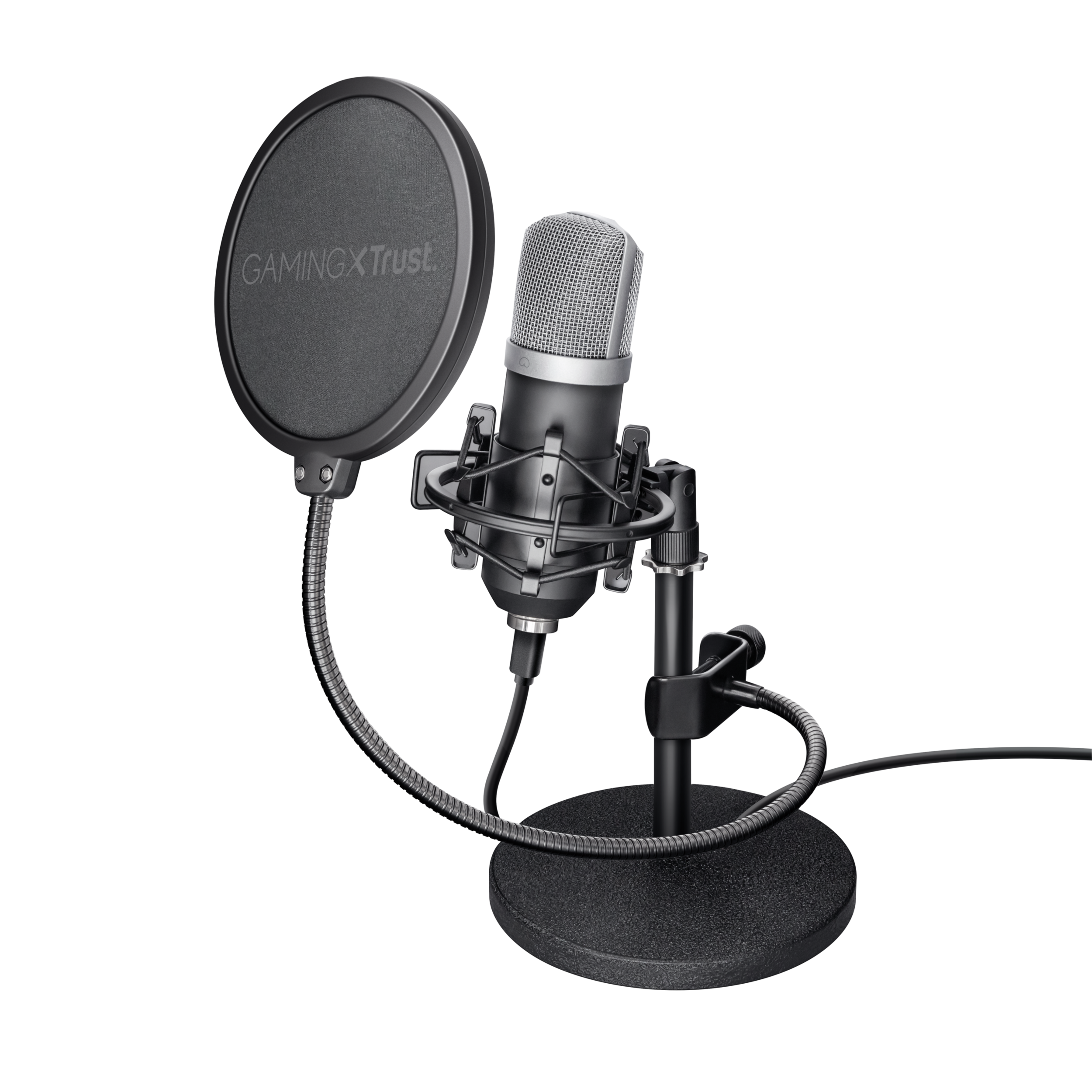
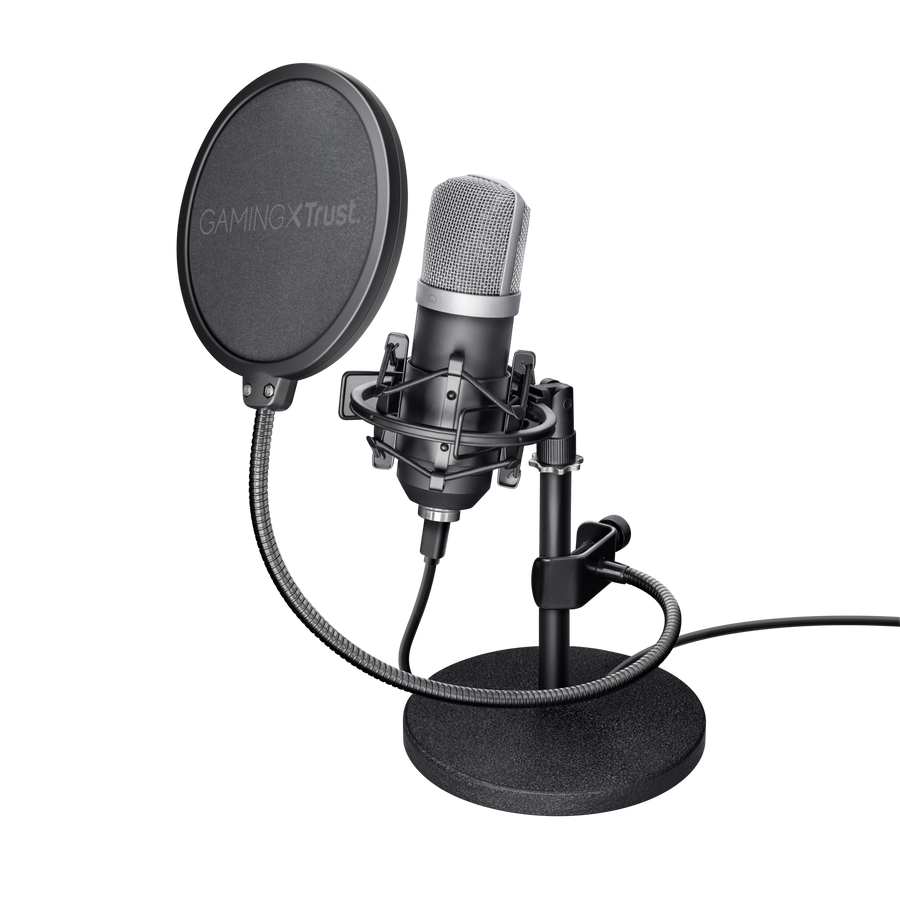
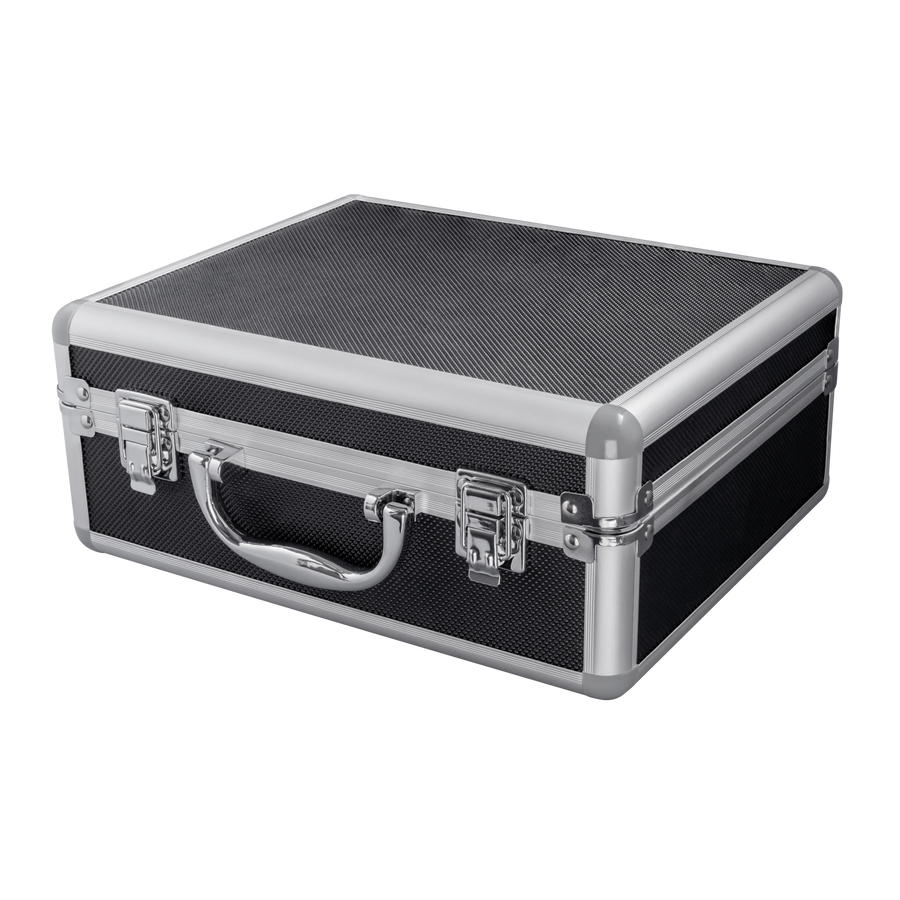
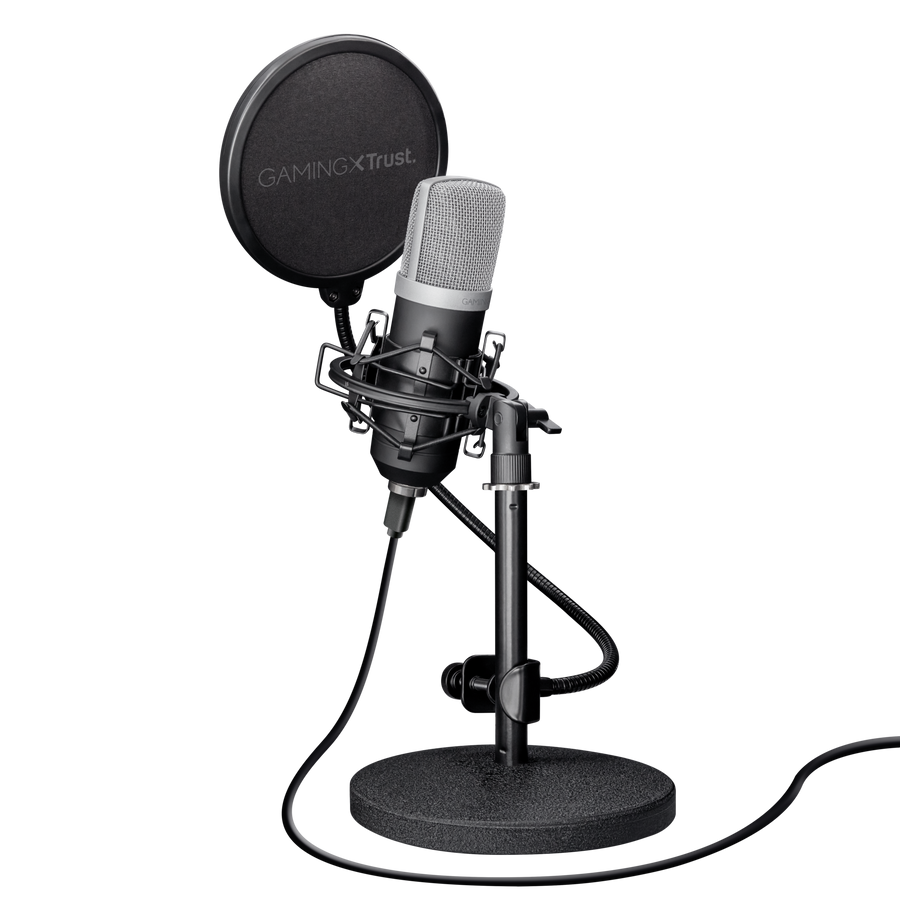

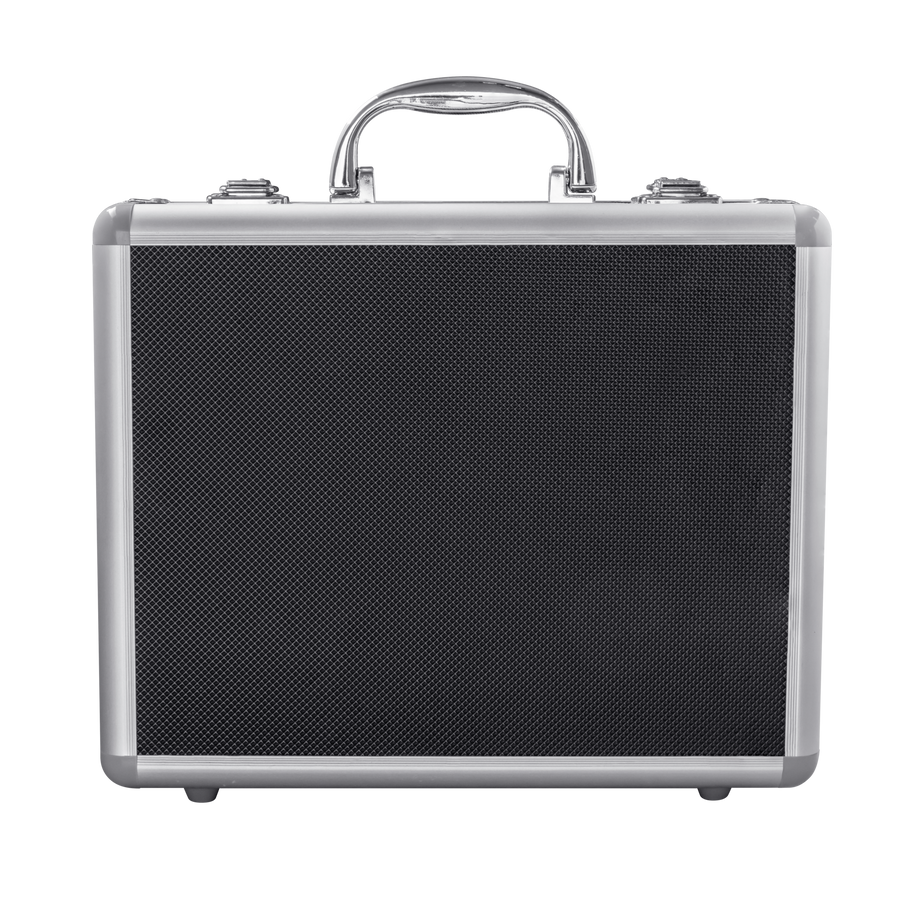
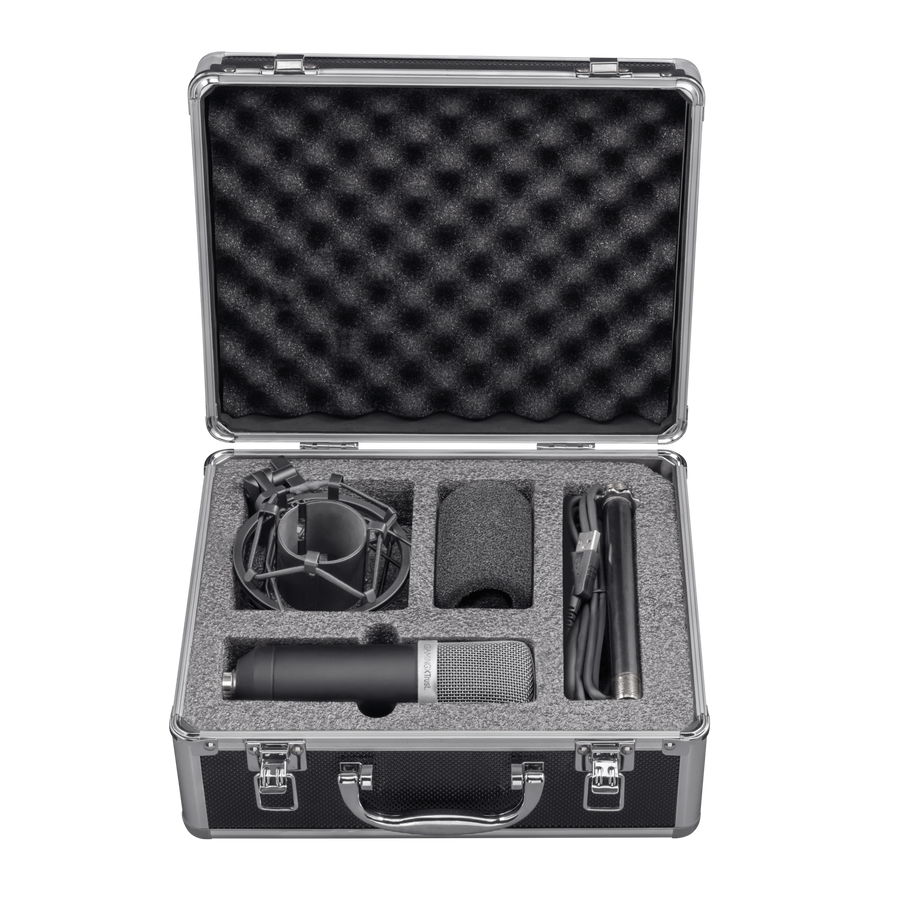
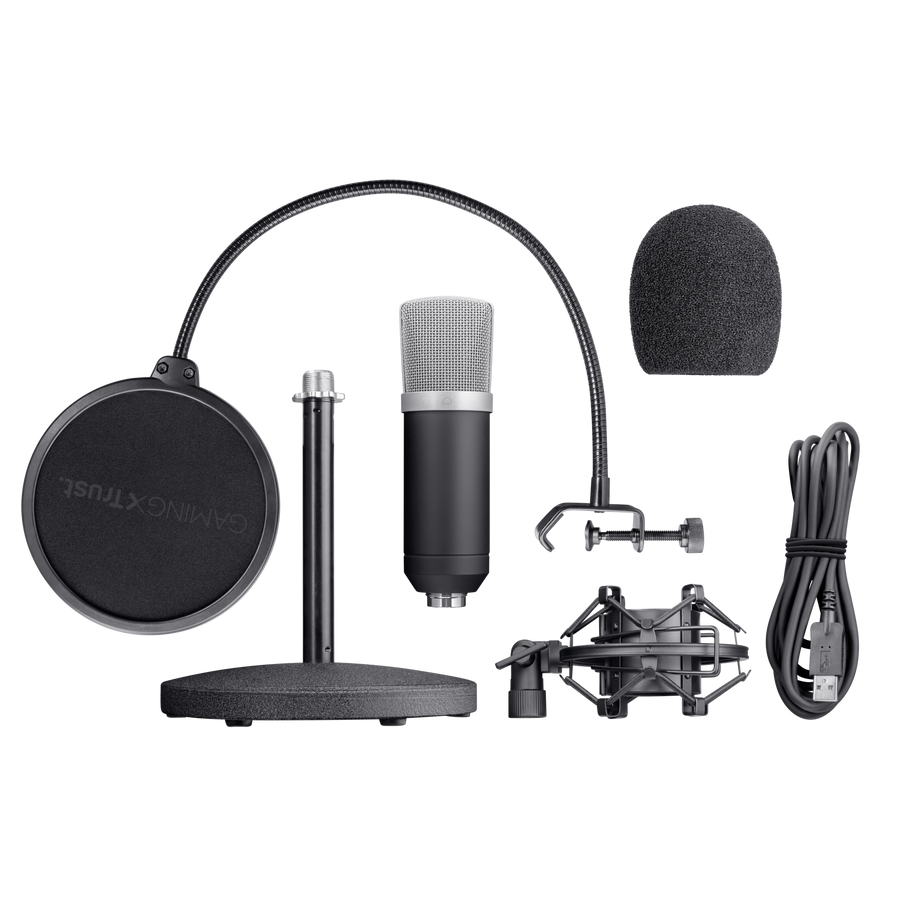
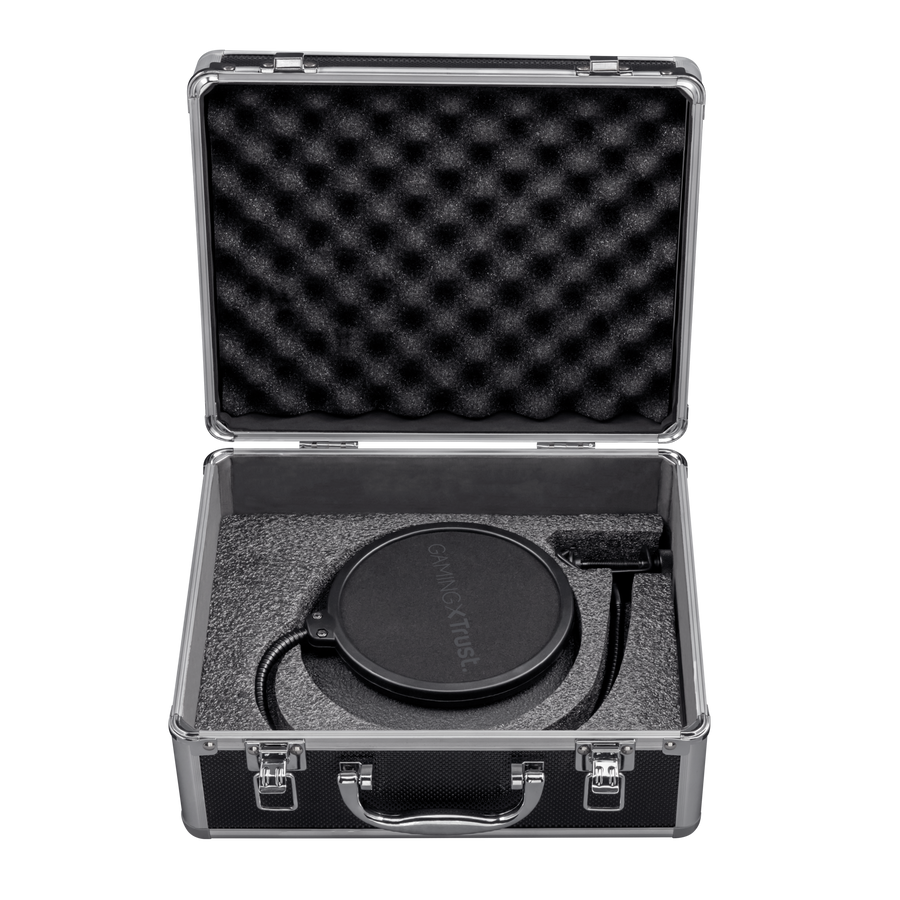
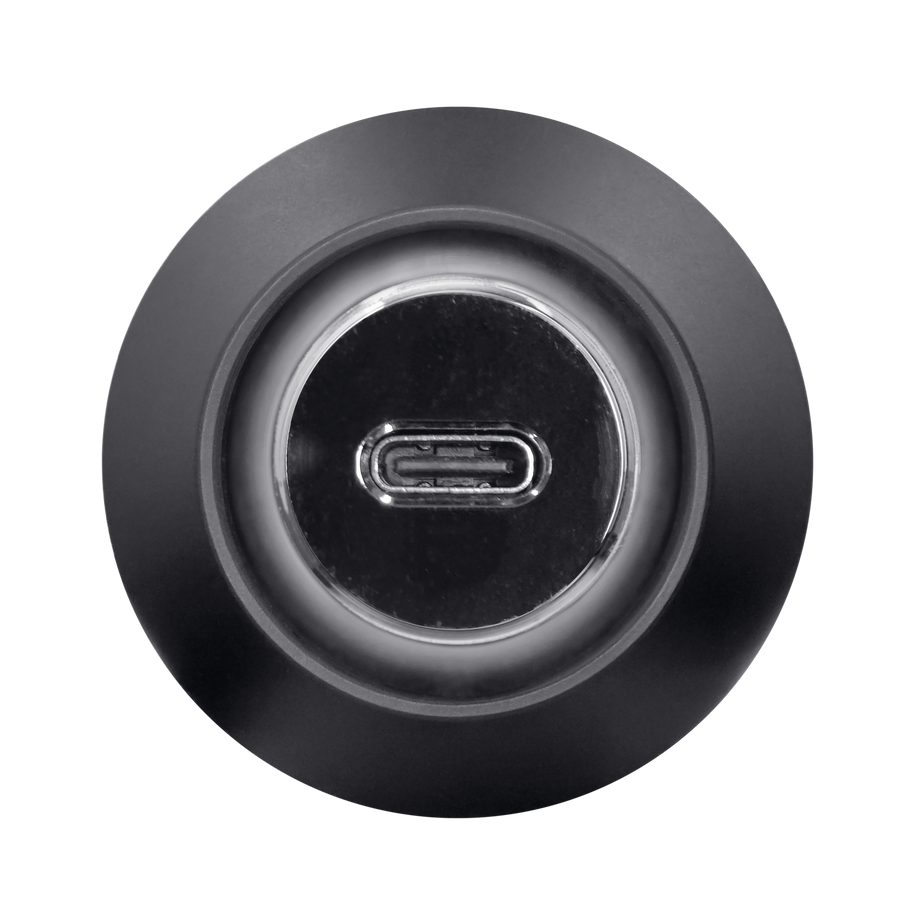








/Media/Images/Highlights/prdhigh_21753-i2.png)
/Media/Images/Highlights/prdhigh_21753-i3.png)
/Media/Images/Highlights/prdhigh_21753-i4.png)
/Media/Images/Highlights/prdhigh_21753-i5.png)